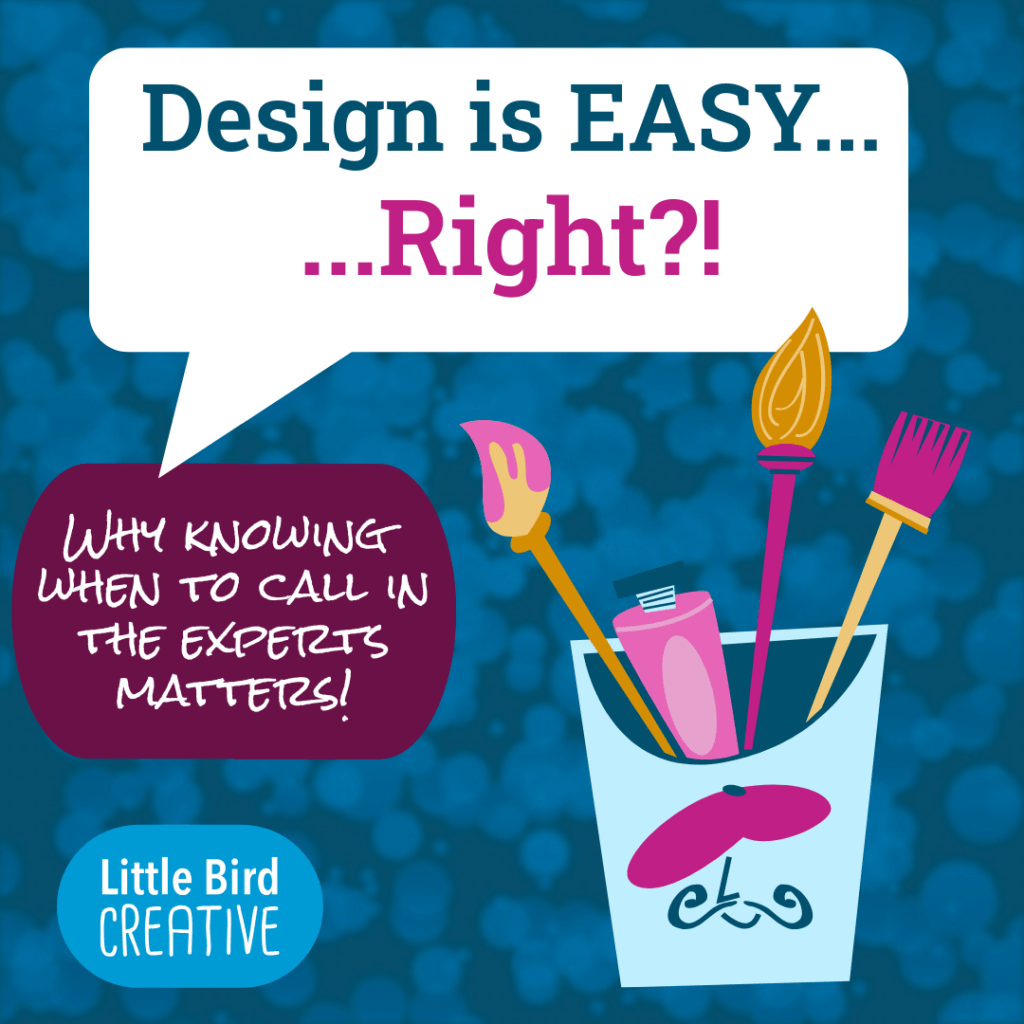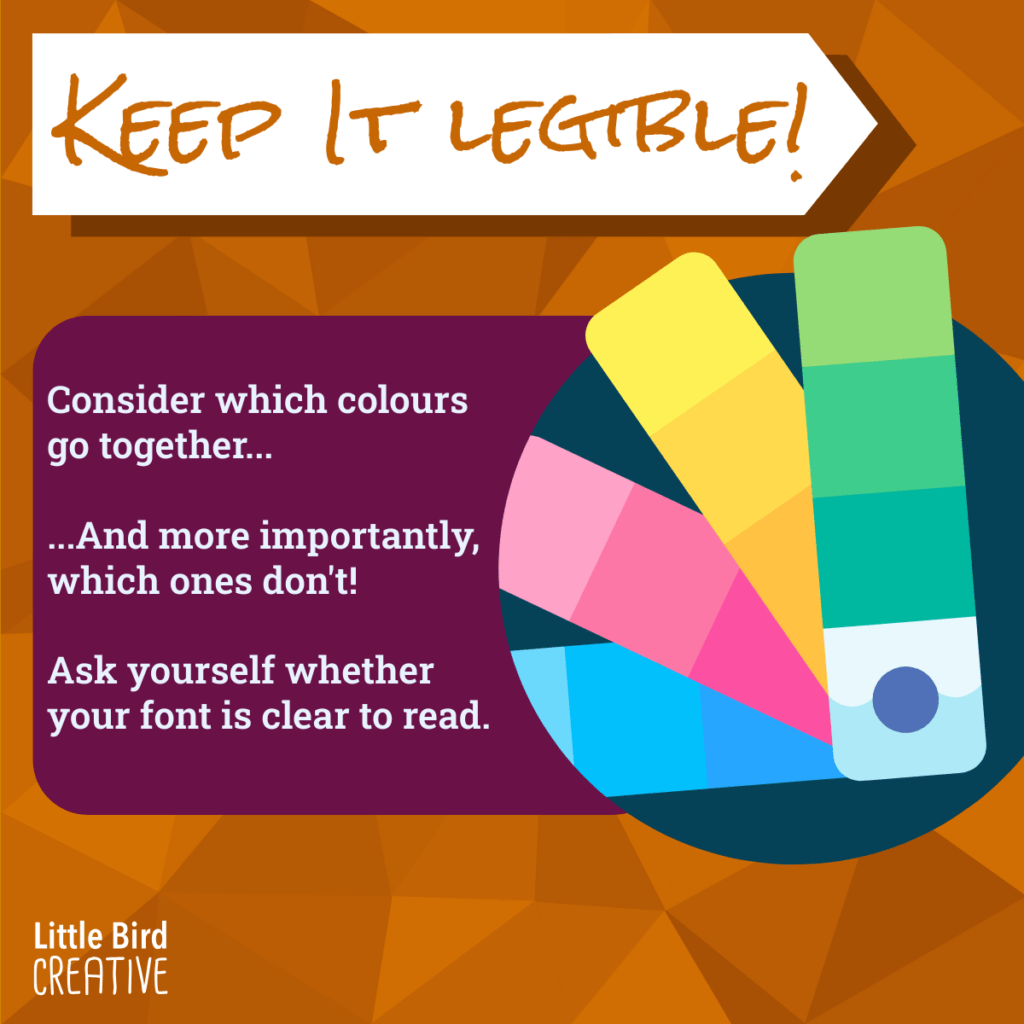Our Expert Book Design Services Bring Your Stories To Life!
Today is “Read A Book Day” and we’re more than happy to curl up with a good page-turner! But without beautiful book design, we’re not going to stay glued to our latest read. With the rise of self-publishing, anyone can become an author, but the path to print success can be tricky to navigate. Thankfully, if you’ve got a story to tell, we’re on hand to help bring it to life!


